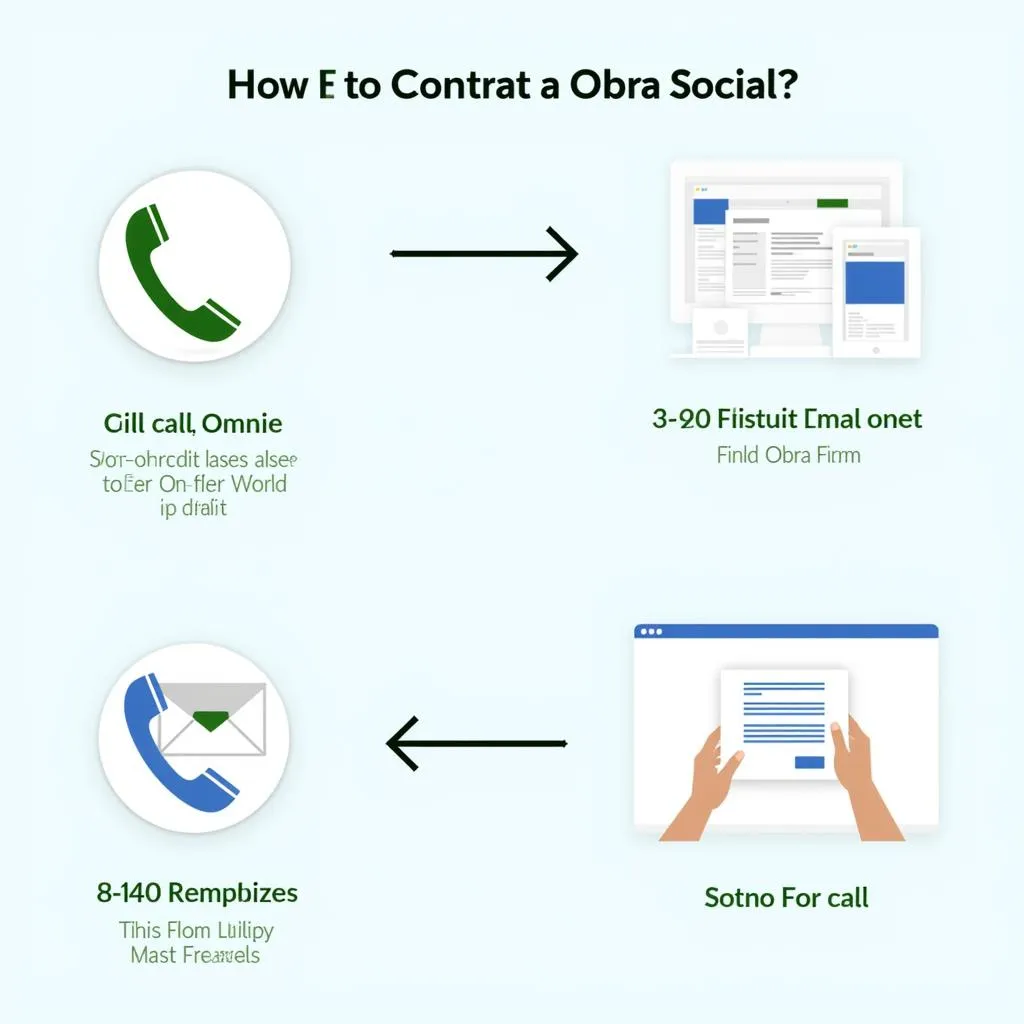Flip chip technology is revolutionizing the electronics industry, and ASEAN countries are quickly becoming key players in this exciting field. But what exactly is flip chip technology, and how is it impacting the ASEAN region?
What is Flip Chip Technology?
Flip chip technology, also known as Controlled Collapse Chip Connection (CCPC), is a method of connecting a semiconductor device (like a microchip) to a substrate (like a circuit board) using solder bumps. This method “flips” the chip upside down, allowing for a more direct electrical connection between the chip and the substrate.
Advantages of ASEAN Flip Chip Technology
Compared to traditional wire bonding methods, flip chip technology offers several advantages that have made it increasingly popular in the ASEAN region:
- Improved Electrical Performance: The shorter interconnection length in flip chips leads to lower electrical resistance and inductance, improving signal speed and reducing signal degradation. This is crucial for high-frequency applications common in the region’s growing telecommunications and data center industries.
- Smaller Form Factor: Flip chips allow for a much smaller footprint compared to wire bonded chips. This is crucial for ASEAN’s thriving mobile device and consumer electronics market, where compact size is highly desired.
- Enhanced Thermal Management: The direct contact between the chip and substrate through solder bumps enables more efficient heat dissipation. This is critical for applications in ASEAN’s tropical climate, where overheating can be a significant concern.
- Cost-Effectiveness: As ASEAN countries ramp up their electronics manufacturing capabilities, flip chip technology’s potential for automation and high-volume production leads to cost savings in the long run.
Applications of Flip Chip Technology in ASEAN
ASEAN nations are witnessing a surge in flip chip technology adoption across various sectors:
- Smartphones and Tablets: The compact size and high performance of flip chip technology make it ideal for the slim designs and powerful processors demanded in mobile devices.
- Telecommunications Equipment: ASEAN’s rapidly growing telecommunications infrastructure relies heavily on high-speed data transmission, making flip chips ideal for networking equipment and base stations.
- Automotive Electronics: As the automotive industry embraces advanced driver-assistance systems (ADAS) and electric vehicles (EVs), flip chip technology is crucial for the complex electronic control units (ECUs) and power electronics.
- Medical Devices: The reliability and miniaturization offered by flip chips are essential for medical implants, wearable health trackers, and other medical devices.
Future of Flip Chip Technology in ASEAN
The future of flip chip technology in the ASEAN region appears bright. Several factors contribute to this optimistic outlook:
- Government Initiatives: ASEAN governments are actively promoting the growth of the electronics industry through investment incentives, research funding, and the development of skilled labor pools.
- Foreign Direct Investment: Major international electronics companies are increasingly establishing manufacturing facilities and R&D centers in ASEAN countries, drawn by the region’s favorable business environment and skilled workforce.
- Growing Domestic Demand: Rising incomes and rapid urbanization within ASEAN are fueling a surge in demand for consumer electronics, telecommunications services, and automobiles – all key drivers for flip chip technology adoption.
Conclusion
Flip chip technology is playing a significant role in ASEAN’s economic growth by bolstering its electronics manufacturing sector. As the region continues to embrace technological advancements and attract foreign investment, ASEAN is well-positioned to become a global leader in flip chip technology and related fields.
FAQ
What are the key advantages of flip chip technology?
Flip chip technology offers several advantages, including improved electrical performance, a smaller form factor, enhanced thermal management, and cost-effectiveness.
Which industries in ASEAN are using flip chip technology?
Flip chip technology finds applications in various industries in ASEAN, such as smartphones and tablets, telecommunications equipment, automotive electronics, and medical devices.
What is the future outlook for flip chip technology in ASEAN?
The future of flip chip technology in ASEAN is promising due to government initiatives, foreign direct investment, and growing domestic demand for electronics.
How does flip chip technology benefit ASEAN economies?
Flip chip technology contributes to ASEAN economies by strengthening the electronics manufacturing sector, creating jobs, attracting foreign investment, and driving technological innovation.
Where can I find more information on ASEAN’s involvement in flip chip technology?
For further insights and updates, please contact us at Phone Number: 0369020373, Email: aseanmediadirectory@gmail.com. Our offices are located at Thôn Ngọc Liễn, Hiệp Hòa, Bắc Giang, Việt Nam. We provide 24/7 customer service to address your queries.


